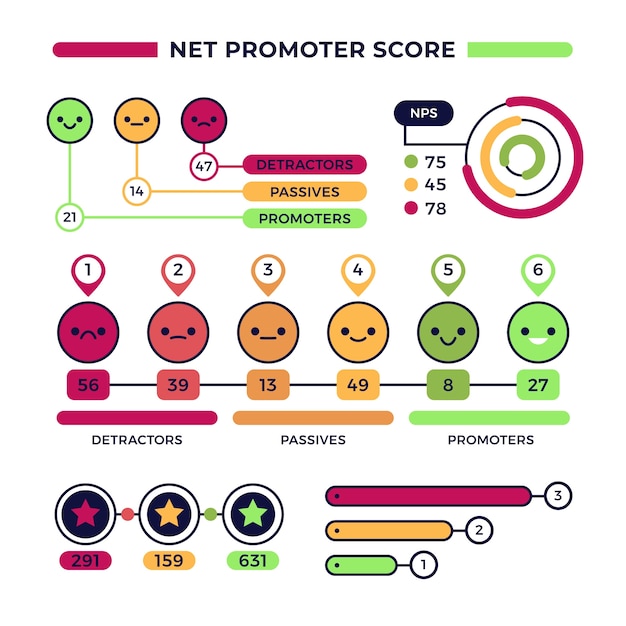
Plural Forms: Understanding the Diversity of Words
Language is a beautiful and complex system that allows us to communicate, express ourselves, and share ideas. One fascinating aspect of language is the use of plural forms. Plural forms are essential for indicating that we are referring to more than one person, animal, or thing. In this article, we will explore the concept of plural forms, their rules, and some of the common exceptions. So, let’s dive right into the world of plural forms!
What are Plural Forms?
In grammar, the term “plural” refers to the form of a word that denotes more than one person, animal, or thing. It is the opposite of the singular form, which indicates a single entity. Plural forms are crucial for effective communication as they help us express quantities accurately.
For example, consider the word “cat.” When we say “cat,” we are referring to a single feline friend. However, when we want to talk about multiple cats, we need to use the plural form of the word, which is “cats.” The addition of the ‘s’ at the end of the word changes its meaning from one cat to more than one cat.
Basic Rules for Forming Plural Forms
Forming plural forms may seem straightforward, but there are some rules and exceptions that we need to be aware of. Let’s take a look at some of the basic rules:
1. Adding ‘s’: The most common way to form plural nouns is by adding an ‘s’ to the end of the singular form. For example:
Singular: cat
Plural: cats
Singular: dog
Plural: dogs
Singular: book
Plural: books
2. Adding ‘es’: When a singular noun ends in ‘s’, ‘x’, ‘z’, ‘ch’, or ‘sh’, we add ‘es’ to form the plural. For example:
Singular: bus
Plural: buses
Singular: box
Plural: boxes
Singular: quiz
Plural: quizzes
Singular: church
Plural: churches
Singular: dish
Plural: dishes
3. Changing ‘y’ to ‘i’ and adding ‘es’: When a singular noun ends in a consonant followed by ‘y’, we change the ‘y’ to ‘i’ and add ‘es’ to form the plural. For example:
Singular: baby
Plural: babies
Singular: city
Plural: cities
Singular: party
Plural: parties
4. Irregular Plurals: Some nouns have irregular plural forms that do not follow the regular rules mentioned above. These plurals must be memorized. For example:
Singular: child
Plural: children
Singular: tooth
Plural: teeth
Singular: mouse
Plural: mice
Singular: ox
Plural: oxen
Singular: person
Plural: people
Exceptions and Special Cases
While the rules mentioned above cover most cases, there are always exceptions and special cases in language. Let’s explore a few of them:
1. Words that Remain the Same in Singular and Plural: Some nouns have the same form in both singular and plural. For example:
Singular: sheep
Plural: sheep
Singular: fish
Plural: fish
Singular: deer
Plural: deer
2. Words with Altered Internal Vowels: Some nouns change their internal vowels to form the plural. For example:
Singular: man
Plural: men
Singular: woman
Plural: women
Singular: goose
Plural: geese
3. Words with Irregular Spellings: Certain nouns have irregular plural forms with completely different spellings. For example:
Singular: foot
Plural: feet
Singular: goose
Plural: geese
Singular: mouse
Plural: mice
Singular: tooth
Plural: teeth
4. Words of Foreign Origin: Some words borrowed from other languages retain their original plural forms. For example:
Singular: cactus
Plural: cacti
Singular: phenomenon
Plural: phenomena
Singular: criterion
Plural: criteria
Singular: octopus
Plural: octopi or octopuses
Singular: medium
Plural: media
Tables for Easy Reference
To make things easier, let’s summarize the rules and exceptions in two tables:
| Rule | Singular | Plural |
|---|---|---|
| Adding ‘s’ | cat | cats |
| Adding ‘es’ | bus | buses |
| Changing ‘y’ to ‘i’ and adding ‘es’ | baby | babies |
| Irregular Plurals | child | children |
| Exception | Singular | Plural |
|---|---|---|
| Words that Remain the Same | sheep | sheep |
| Words with Altered Internal Vowels | man | men |
| Words with Irregular Spellings | foot | feet |
| Words of Foreign Origin | cactus | cacti |
Conclusion
Understanding plural forms is essential for effective communication and accurate expression. By following the basic rules and being aware of exceptions, we can confidently use plural forms in our speech and writing. Plural forms add depth and precision to our language, allowing us to convey the richness of the world around us. So, let’s embrace the diversity of plural forms and continue to explore the wonders of language!







